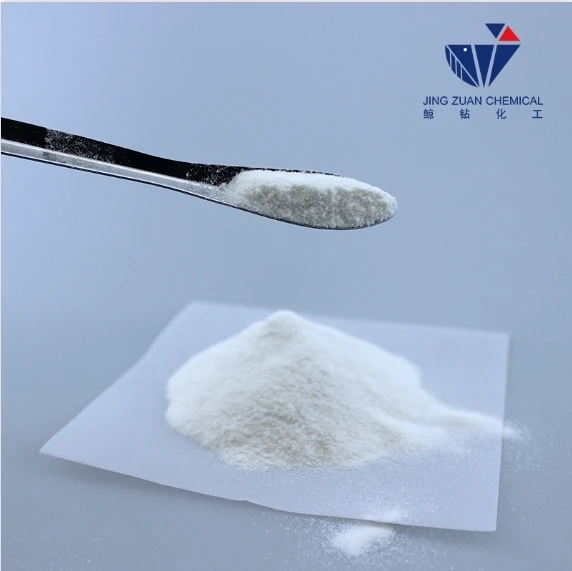
Nov . 06, 2024 07:46 Back to list
hpmc-hydroxypropyl methyl cellulose manufacturer
The Importance of HPMC in Various Industries
Hydroxypropyl Methyl Cellulose (HPMC) is a versatile polymer derived from cellulose, renowned for its unique properties and widespread applications across various industries. Produced by the controlled hydrolysis of cellulose, HPMC has become a critical component in pharmaceuticals, food, construction, and personal care products, among others. As a leading manufacturer of HPMC, it’s essential to understand its benefits and diverse applications.
Pharmaceutical Applications
In the pharmaceutical industry, HPMC plays a vital role in drug formulation. It is widely used as a binding agent, film-forming agent, and controlled-release agent in tablet manufacturing. Its ability to form a gel when mixed with water enhances the bioavailability of drugs, allowing for more effective therapeutic outcomes. Additionally, HPMC is recognized for its non-toxic and biodegradable nature, making it suitable for both oral and topical pharmaceutical products. The incorporation of HPMC enhances the stability and shelf life of medications, ensuring that patients receive safe and effective treatments.
Food Industry Utilization
HPMC is also extensively utilized in the food industry as a thickening agent, emulsifier, and stabilizer. It helps improve the texture and consistency of various food products, including sauces, dressings, and baked goods. Notably, HPMC is popular among food manufacturers looking to create gluten-free products, as it provides a similar texture without compromising quality. Moreover, it is used in the production of low-fat and reduced-calorie foods, enhancing their mouthfeel while maintaining taste.
hpmc-hydroxypropyl methyl cellulose manufacturer

Construction and Building Materials
In the construction industry, HPMC is valued for its role as a thickening and water-retention agent in cement, mortar, and tile adhesives. Its properties improve workability and extend the open time of materials, facilitating easier application and improved adhesion. Furthermore, HPMC enhances the durability and performance of construction materials, ensuring that they withstand various environmental conditions. Its use in eco-friendly building materials highlights the growing trend towards sustainable practices in construction.
Personal Care and Cosmetics
HPMC is increasingly incorporated into personal care products, where its thickening and film-forming properties enhance product performance. It is found in shampoos, conditioners, lotions, and creams, providing the desired texture and stability. Additionally, HPMC acts as a lubricant and moisturizing agent, making it a popular choice in formulated skin care products. Its compatibility with skin and hair makes it suitable for sensitivity-prone consumers, aligning with the growing demand for gentle and effective personal care solutions.
Conclusion
As a prominent HPMC manufacturer, understanding the extensive applications and benefits of Hydroxypropyl Methyl Cellulose is crucial. Its versatility across industries—from pharmaceuticals to food and construction—highlights its significance in modern formulations. As consumer demand shifts towards quality, sustainability, and efficacy, HPMC continues to be an essential ingredient, paving the way for innovation and advancement in various fields. The role of HPMC is set to grow, driven by ongoing research and development, ensuring it remains a staple in manufacturing for years to come.
-
tile-bonding-additives-for-stronger-bonds
NewsAug.22,2025
-
construction-grade-rdp-for-wholesale-needs
NewsAug.22,2025
-
trusted-wholesale-hec-partners
NewsAug.22,2025
-
hec-solutions-for-industrial-excellence
NewsAug.22,2025
-
construction-additives-need-hpmc-essentials
NewsAug.22,2025
-
hpmc-versatile-cellulose-ether-for-industries
NewsAug.22,2025







